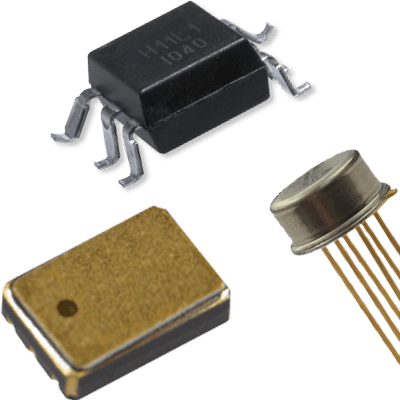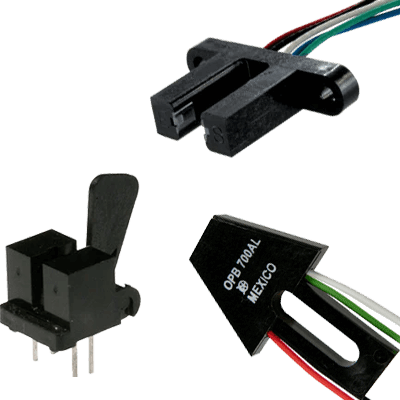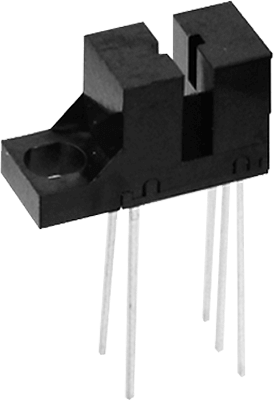- LED Lighting
- Optoelectronic
- Passive Components
- Sensors
- Circuit Breaker
- Signal Technology
- Connectors
- Memory & Storage
- Power Supply
- Thermal Management
-
Hi-Rel
- Bipolar Junction Transistor (BJT)
- Diodes and Rectifiers
- Phototransistors
- Slotted Optical Switches
- Hall Effect Sensors
- IC Photodetectors (logic output)
- IR-LEDs
- MOSFET-Transistors
- Optocouplers
- Reflective Opto Switches
- Power Circuit Breaker
- Thermostats
- Precision switches
- D-Sub Connectors
- Leistungssteckverbinder
- Rectangular connectors
- Round Connectors
- NVMe SSDs
- SATA SSDs
- Cable Assembly
- Diverse

unfortunately we could not find any results for your search.
Please contact us at:
+49 9135 7366665
or write an e-mail to info@neumueller.com
We're here to help.
Your Neumüller Elektronik team







































